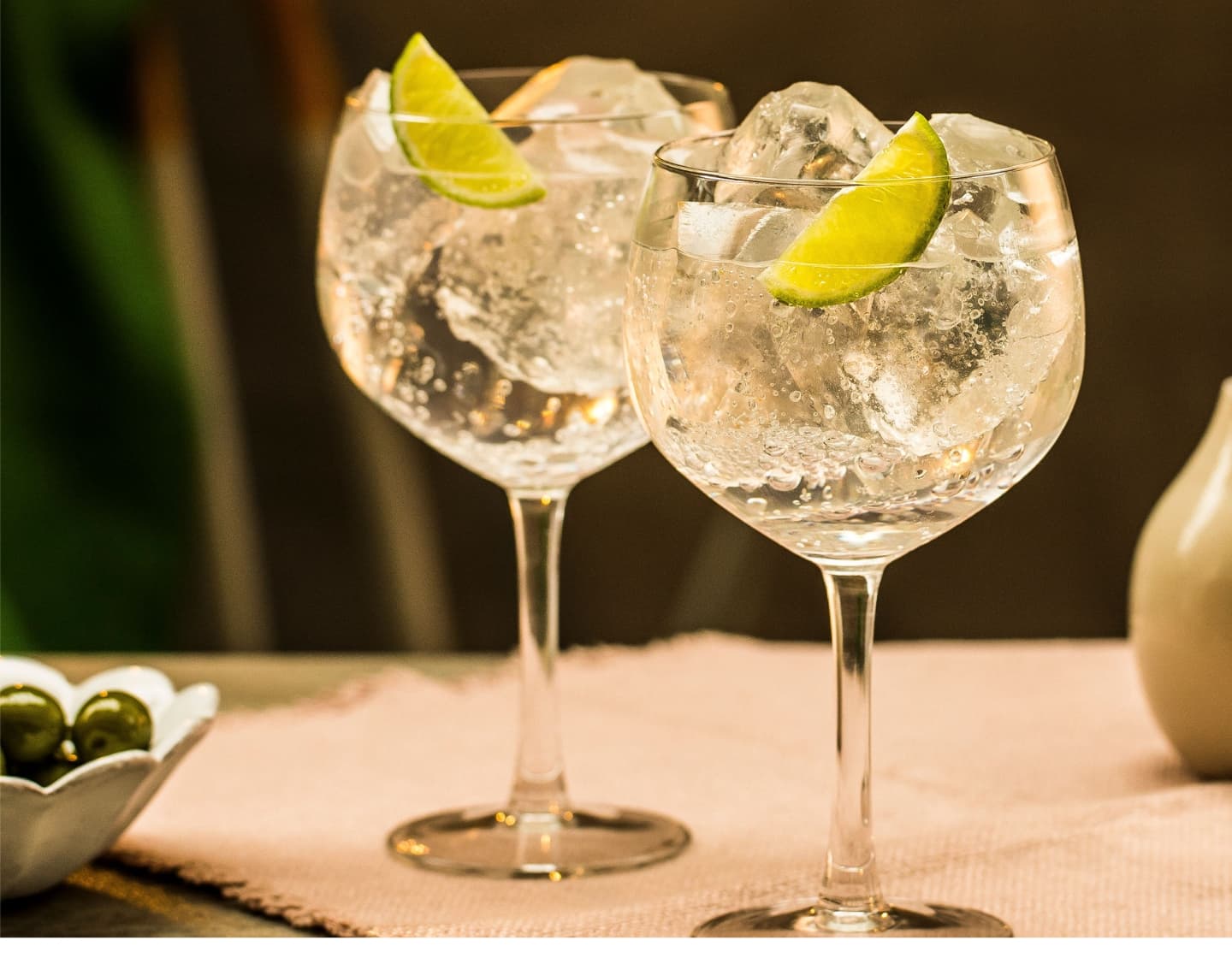Blogs & Inspiration
Celebrate Gin: A World of Cocktails
Join us in creating celebratory moments with Gin. Take a look at the spirit’s success and be inspired by bartenders from around the world as they serve up exclusive gin cocktails.
Estimated reading time: 3 minutes
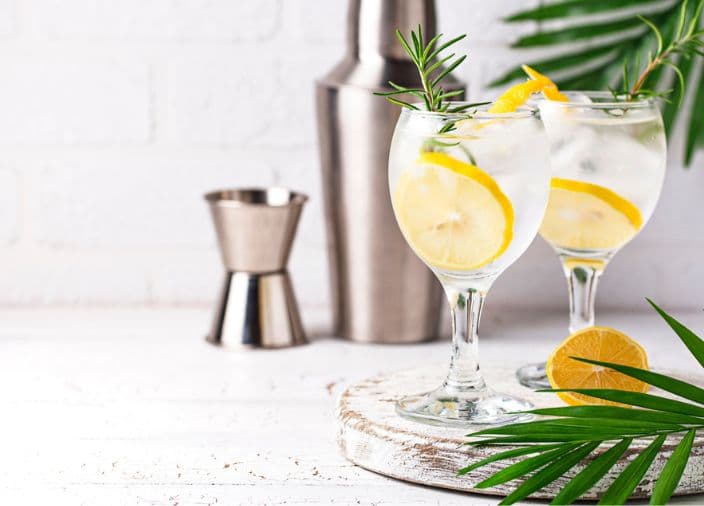
GIN: A SPIRITED JOURNEY SO FAR
Gin history is something we could talk about all day – from its origins from the Dutch spirit ‘Jenever’ to large-scale production of ‘Old Tom’ gin in the mid-18th century. The introduction of Coffey stills resulting in higher quality London Dry Gins, including Gordon's and Tanqueray to its evolvement with Tanqueray No. TEN with its lighter, more delicate flavour and Gordon's much-loved modern flavour variants.
Today, gin has huge global appeal, taking botanical inspiration from various regions and cultures. The rise of craft gin and the explosion of herbs, vegetables, fruits, and spices that are used to flavour today’s artisanal gins has started a new and defining era for the spirit. Along with the wide range of garnishes now prominent in gin creations such as rosemary, apple and cherry, the 21st century is definitely gin’s time to shine.
WORLD GIN DAY
As World Gin Day hits our calendars each year, it's a perfect opportunity to give gin a moment among guests.
Top Tips for Owning World Gin Day
- Become Gin Nerds - Swot up on gin or host your own gin quiz with our Gin-ius Quiz, giving staff and/or guests a fun way to immerse themselves in the world of gin.
- Identify Flavours - Explore our Gin Flavour Navigator, to identify the different variants, ingredients and garnishes that will enhance the overall guest experience.
- Wow Guests with Modern Gin Cocktails - Take inspiration from four of the world’s best bartenders as they share exciting global inspired Gordon’s gin serves. These cocktails reflect the new flavours and exciting journey gin has taken since it was first introduced to the world.
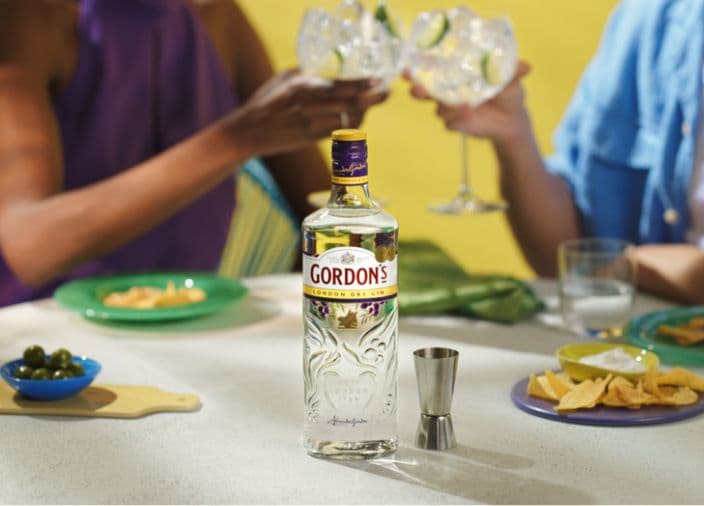
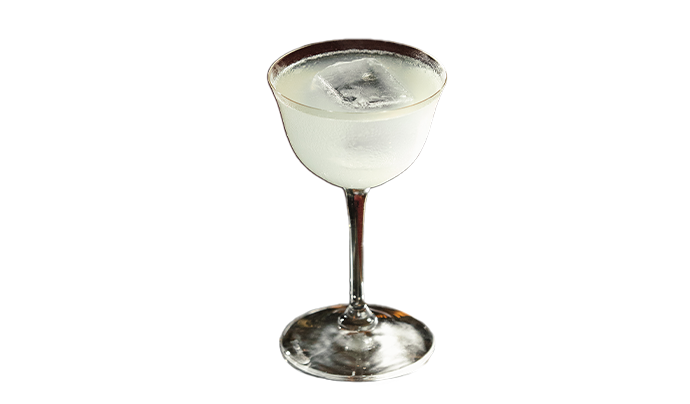
TEMASEK TIDES
First up is Yana K’s "Temasek Tides", a modern take on the Gimlet with a unique Singaporean twist. It combines Gordon’s gin with the distinct flavours of kaffir lime, pandan syrup, and orange liqueur, enriched by hints of saline and sherry.
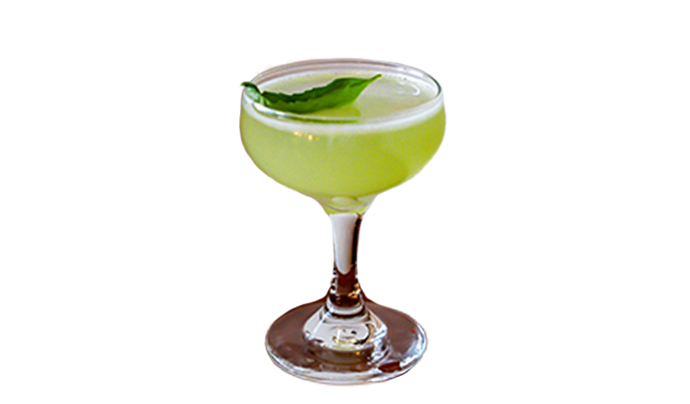
EAST SIDE SMASH
For a tasty riff of the classic Gimlet, we travel to Hong Kong. Taki Li’s East Side Smash balances the delicate notes of Gordon’s Gin, the freshness of cucumber and lime and hint of smoky mezcal.
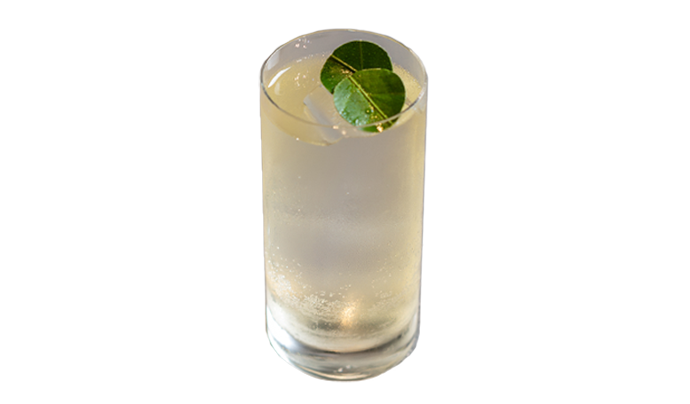
ORACLE
Now to Brazil, and The Oracle cocktail created by Vitória Kurihara. It’s a masterful balance of sweet and sour where the vibrant spiciness of Yellow Chartreuse meets the pineapple aroma of soursop, all brought together by Gordon’s Gin and a touch of fizz.
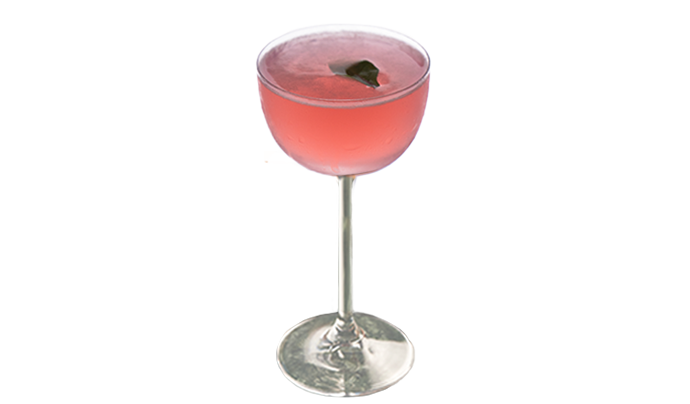
ROSE & RHUBARB GARDEN
Finally, it’s Milan-based Emanuele Mensah’s Rose & Rhubarb Garden cocktail which is bursting with floral and citrus notes. It’s bright, light and very refreshing, perfect for those warm evenings.
Gin's story is one of resilience and renaissance, drawing inspiration from many botanicals and traditions. Whether creating the perfect Gin & Tonic or inventing your signature gin creation, the diverse world of gin offers endless possibilities for crafting memorable and exciting cocktails for guests.
Key Takeaways
-
Gin has been on an amazing journey - from its origins stories to modern day variants and craft gins.
-
Gin has huge global appeal, taking botanical inspiration from various regions and cultures.
-
On World Gin Day, give guests an immersive experience by serving gin cocktails full of flavour, modern innovation and global inspiration.
Sign up for free and become a member of Diageo Bar Academy today to unlock the latest industry news, trends, and tips to keep your bar knowledge up to speed!
